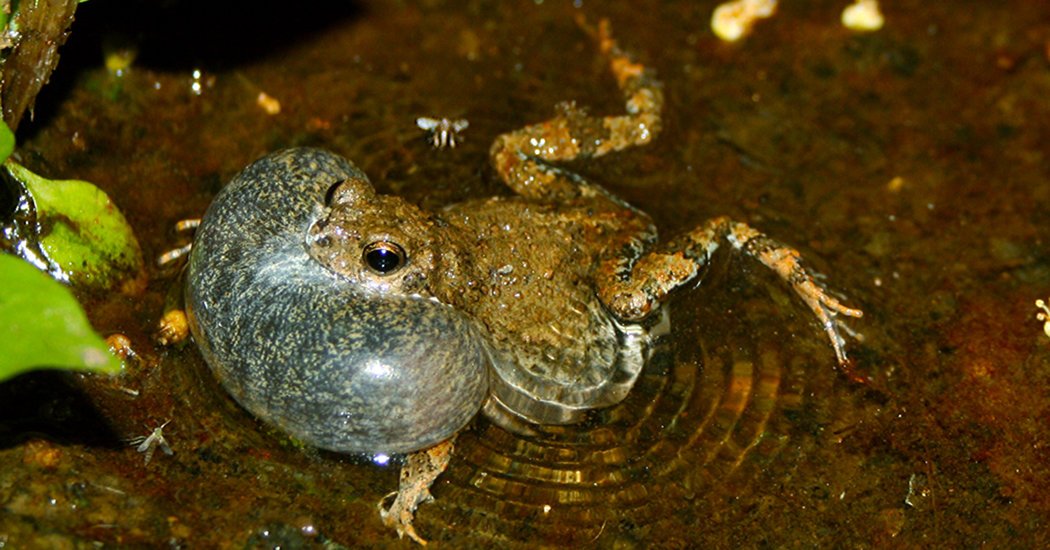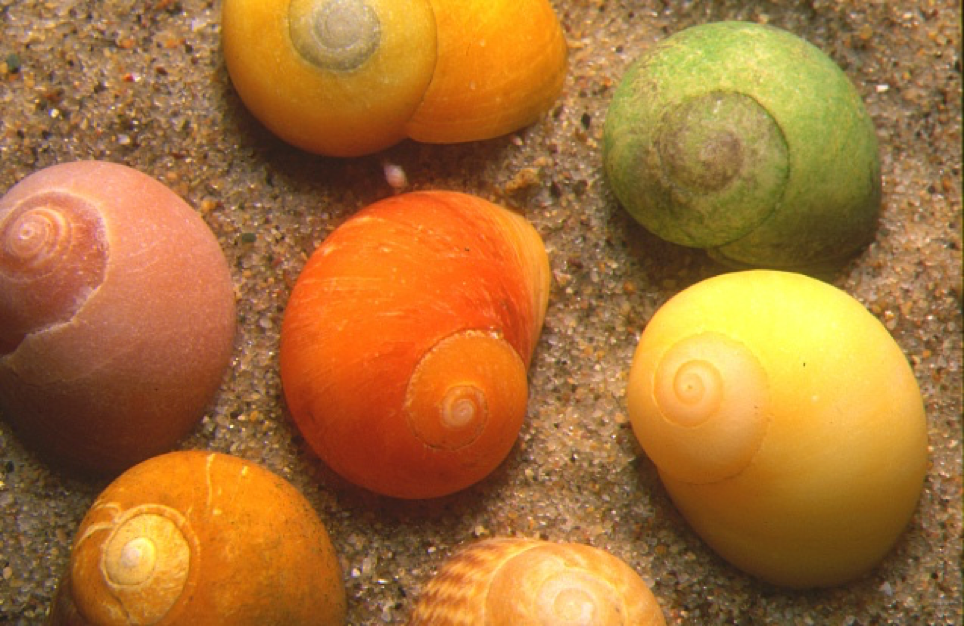Inclass exercises, Day VI
Follow this link for day 6 materials and notes
Solutions for these exercises are available here
Binomial test
Tungara frogs (pictured below) have been heavily studied as a model organism for “female mate choice”. These frogs emit mating calls which are either “whines” or “whine-chuck”, where “chuck” noises are tacked on to the whine to create a longer, more robust mating call.

Researchers wanted to test whether mating calls with chucks were more likely to attract females. In an experiment, researchers placed female frogs in the middle of a room and played different male mating calls (whine or whine-chuck) on either end of the room, allowing female frogs hop towards their preferred noise. Researchers randomly selected 15 non-gravid female tungara frogs to test. One at a time, each female frog was given the opportunity to choose between two vocalizations (without seeing a male): whine and whine-chuck. The noise the female walks towards indicates her mate choice. Ultimately, they found that 2 female frogs preferred whine, and 13 female frogs preferred whine-chuck.
Conduct a binomial test to ask if females showed a preference for whine-chunk. Take the following steps:
- Understand why the binomial test is applicable here
- Determine the appropriate null probability of success
- Estimate the probability of success from the data, including the estimate and standard error
- State the null, alternative hypotheses
- Conduct the test
- Report results, conclusions
goodness-of-fit test
Periwinkles, small species of sea snail (pictured below) eat seaweed. Researchers want to know if periwinkles have a preference for different seaweed plants.

In one tidal pool, researchers count the number of periwinkles found feeding on four different kinds of seaweed: spiral wrack, bladder wrack, toothed wrack, and knotted wrack. Researchers also measured the relative frequencies of these four seaweed species in this environement. A table giving the number of periwinkles eating on, and the frequency of different seaweeds is below:
| Seaweed | Seaweed frequency | Number of perwinkles eating it |
|---|---|---|
| Spiral wrack | 10% | 9 |
| Bladder wrack | 25% | 28 |
| Toothed wrack | 15% | 19 |
| Knotted wrack | 50% | 64 |
Conduct a goodness-of-fit test to ask if periwinkles feed on seaweed with no preference for species. Take the following steps:
- Understand why the goodness-of-fit test is applicable here
- Determine the appropriate null frequencies
- State the null, alternative hypotheses
- Conduct the test
- Report results, conclusions
Contingency table analysis
In 1999, Researchers studied the prevalence of Hepatitis C (HCV) in Americans to determine if there is an association between the number of sexual partners an individual has had and the presence of HCV. They took a random sample of 11,106 records from a National Health Survey to assess this association. Their data is found in the file hcv_partners.csv.
Conduct a contingency table test to ask if HCV prevalence is associated with having many (>=10) or few (<10) partners. Take the following steps:
- Read in and examine the data
- Figure out how to create your contingency table from the dataframe (hint: you will need
dplyrfunctions includingfilter()andtally(), and if you recall how to useifelse()this may be of interest as well)- Variable 1: Has HCV (1) or not (0)
- Variable 2: Has had < 10 partners or >=10 partners
- State the null, alternative hypotheses
- Create your contingency table in R
- Conduct the test
- Report results, conclusions